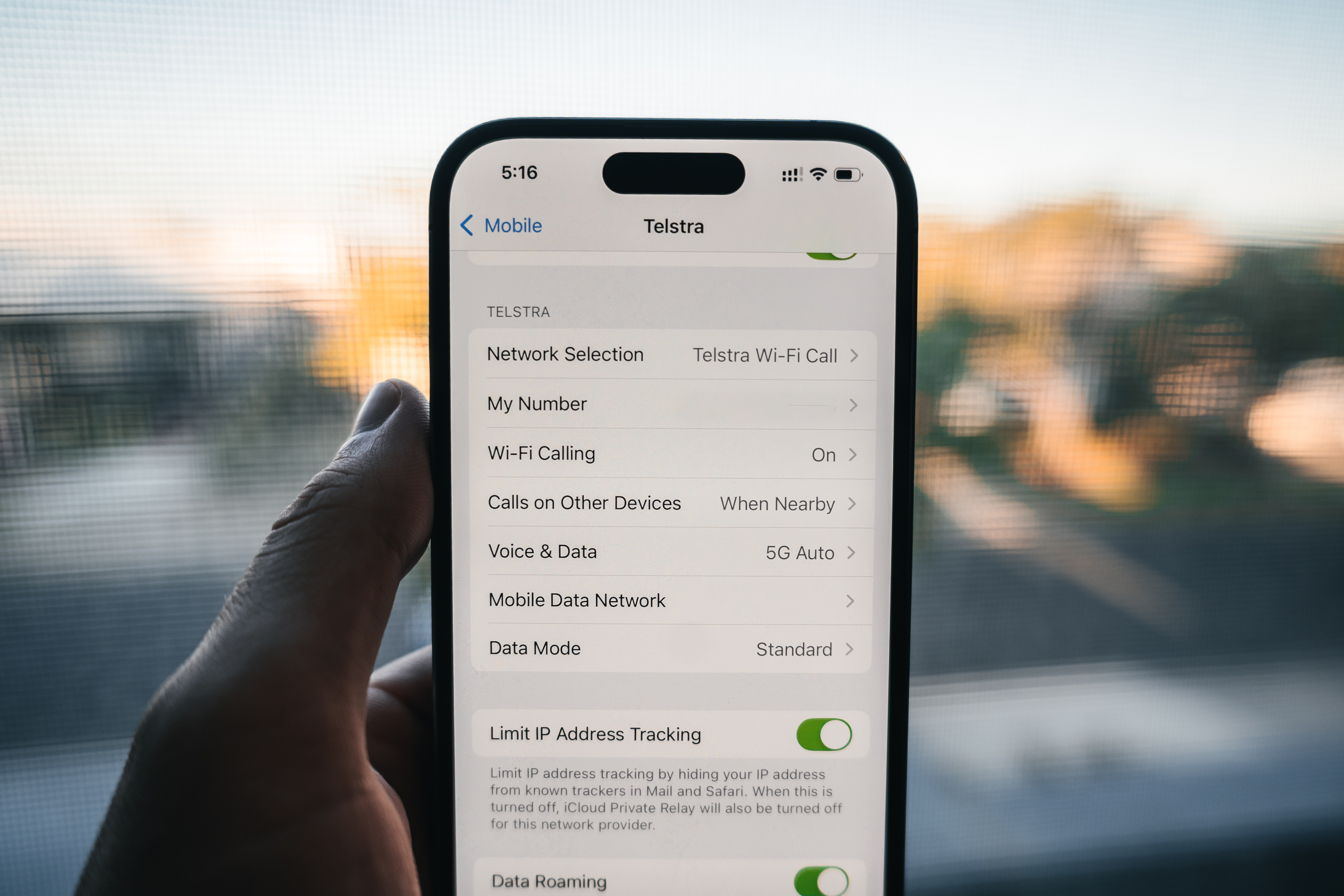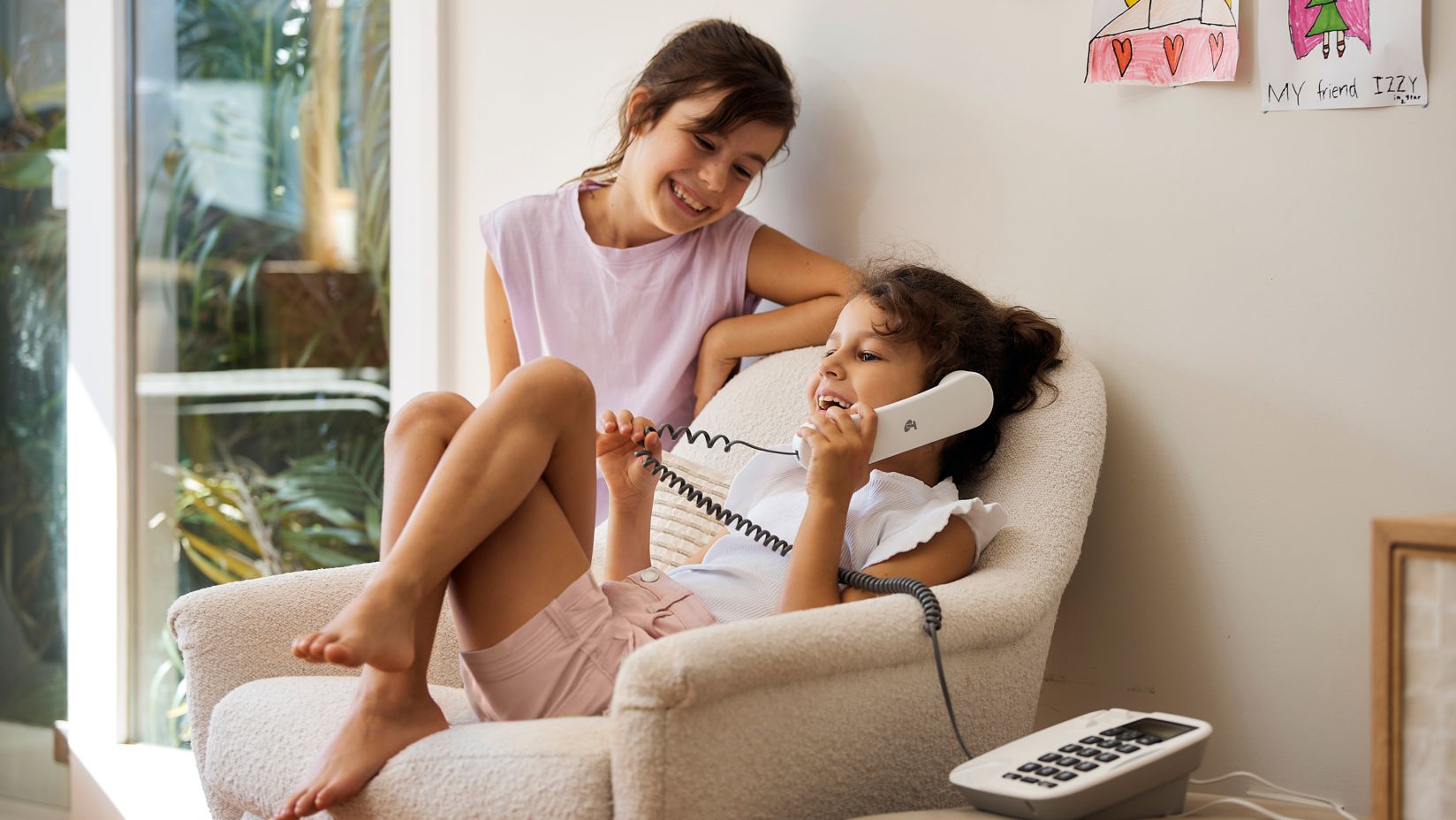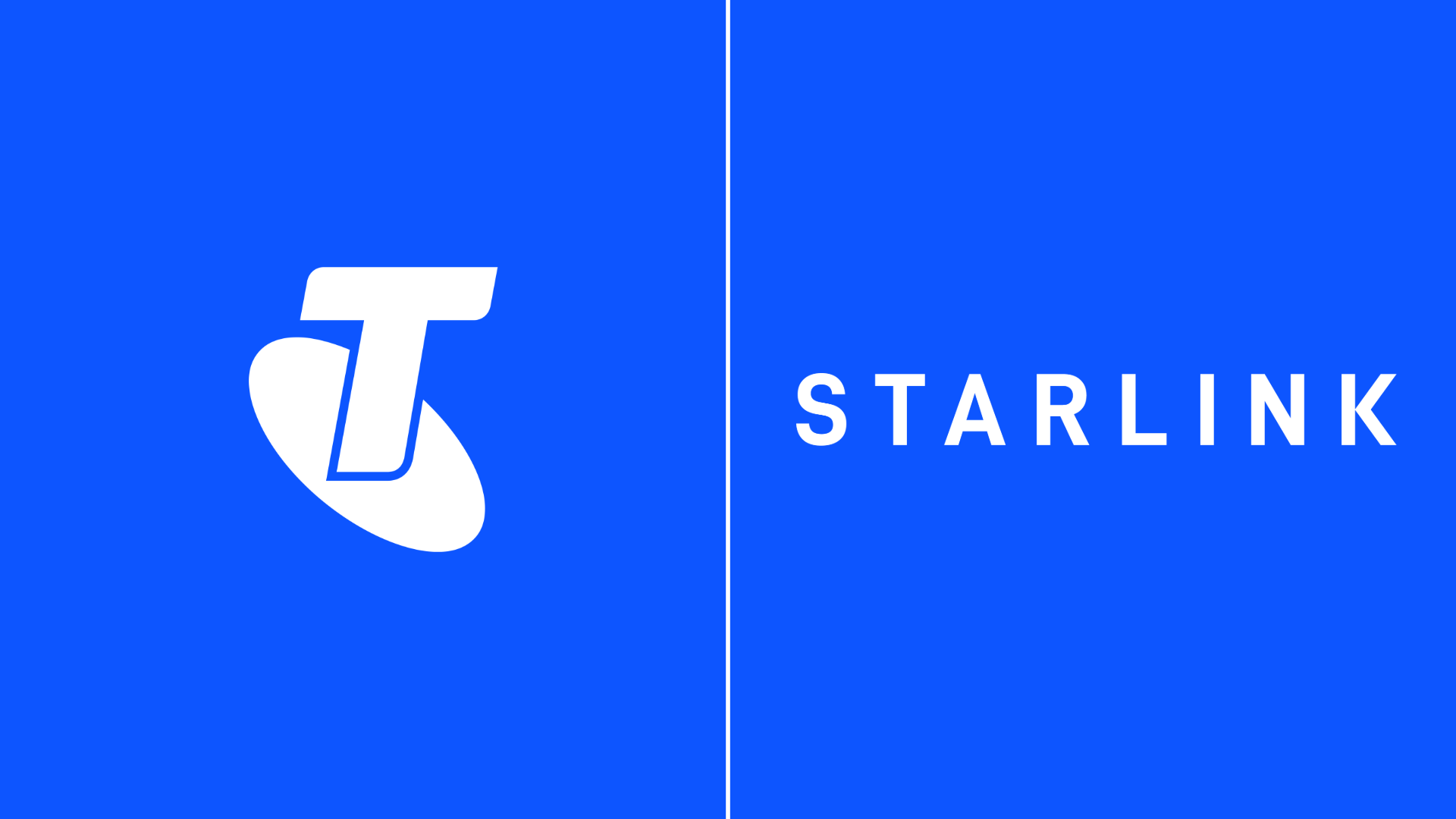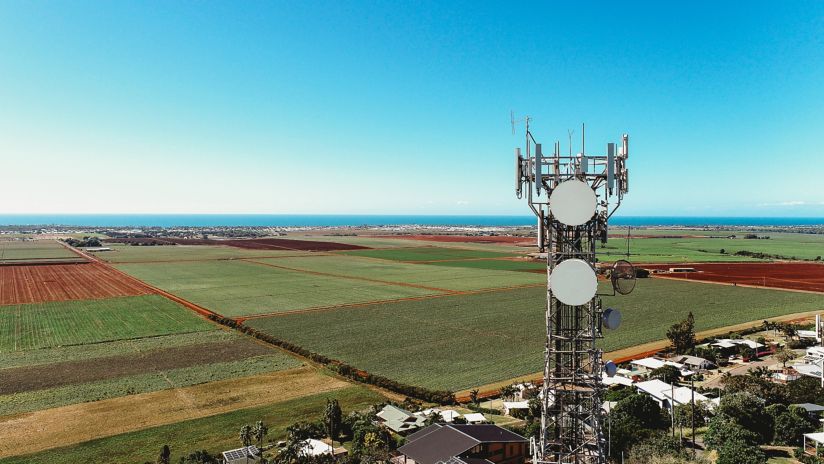3G network closure: A few more tips to get you connected
We switched off our 3G network to deliver an improved 4G and 5G experience for our customers in November last year. While most have transitioned smoothly, if you’re experiencing issues with your mobile service, there are a few steps that might help.
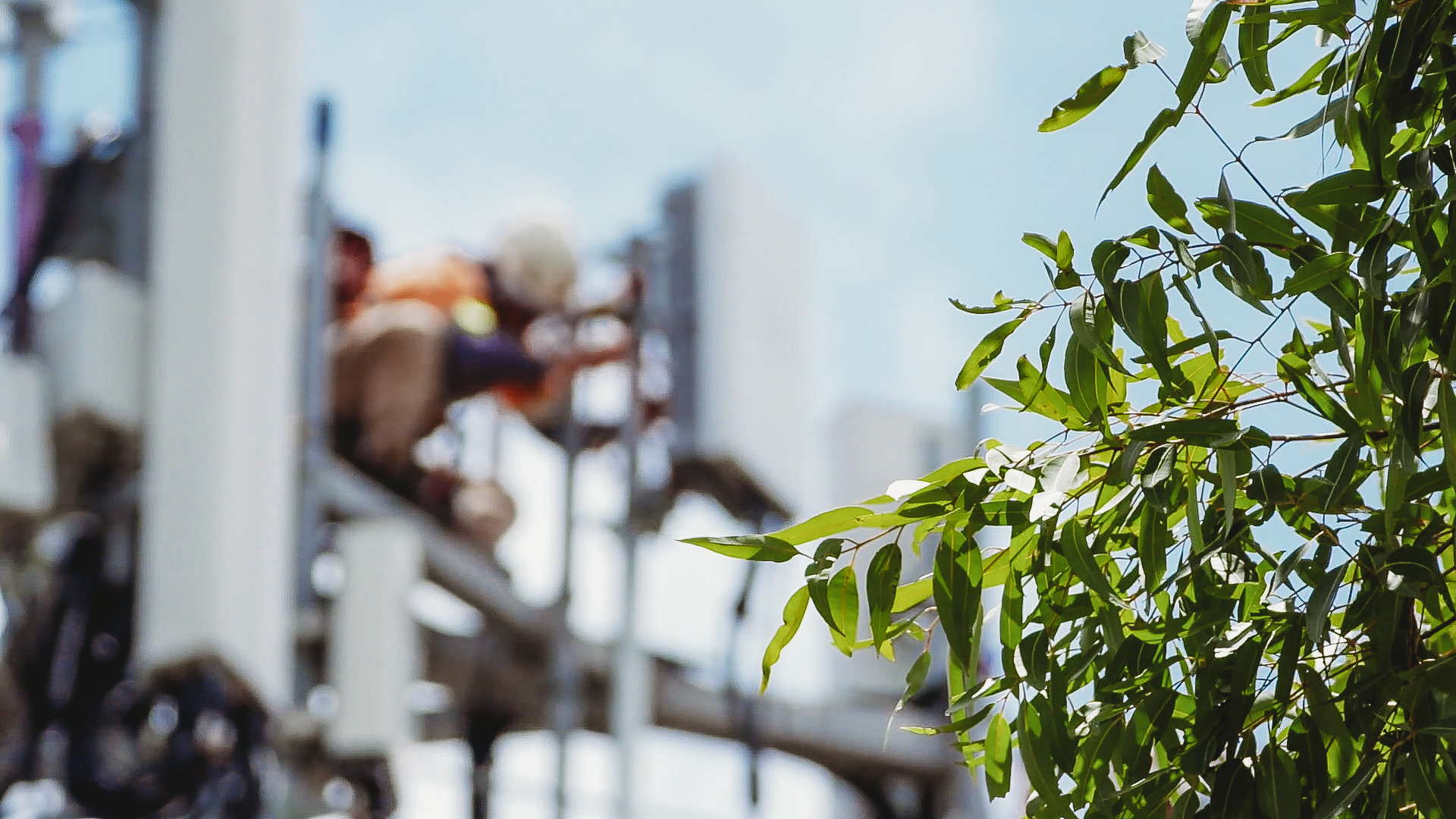
Over the past five years, we’ve been busy upgrading and expanding our 4G coverage. In fact, our 4G footprint now reaches 3 million square kilometers of the country and since July 2021, we’ve added 360,000 square kilometers of new regional coverage – that's an area larger than Victoria and Tasmania combined that has 4G where 3G never reached.
Most customers moving from a 3G only device to a new 4G or 4G/5G device have noticed an improvement in speed.
If you’re still having trouble getting reception post 3G-closure, there might be a simple fix for some of the most common issues we’re seeing.
Make sure your devices are like for like
Mobile networks are a two-way street. While the performance of our network is a large part of your experience, the type of device and its antenna’s ability to receive the signal can significantly impact it too.
It’s important if you’re upgrading from an older Blue Tick device, for example, to make sure you’re upgrading onto a new and current Blue Tick certified device to ensure that your coverage experience is consistent between devices.
If you live in or regularly travel to the bush, our lineup of Blue Tick certified phones are always going to be your best bet. We test these devices in both lab and out on the land to certify that they have superior network coverage capabilities compared to your general handset. Generally these devices have superior antennas which can provide up to several kilometres of extra coverage.
Check your device settings, particularly repeaters
A common issue we’ve been assisting customers with is equipment that supports 4G or 5G frequencies but aren’t configured properly to access them. This type of issue is particularly relevant for coverage extension devices such as repeaters being used across larger properties or farms.
The main three settings you want to make sure are turned on are:
VoLTE on mobile devices if you’re having issues making voice calls. This will generally be in your phone’s Settings app under the Mobile or Network menus.
After checking that VoLTE is active, some customers may find that voice calls outside are fine but the quality indoors maybe poor. In some cases, we have found this is due to poor indoor Wi-Fi connectivity. Check your Settings and try turning Voice on Wi-Fi calling (VoWiFi) off.
Band 28 across repeaters and if they are no longer connecting. If you need assistance with testing and enabling Band 28 on your device, please reach out to us through our 3G helpline on 1800 990 853 and we’ll work with you to figure it out. Band 28 (700 MHz) is our primary coverage layer for 4G.
Through this process you might find that your devices don’t support VoLTE or Band 28, which if that is the case, the likely fix will be a new device or antenna that supports our current network. We’ve found antenna replacements in many cases have made a huge improvement compared to older 3G-era antennas.
For faster speeds, take a look at a 5G device
If you feel like the 4G network is not delivering the speeds you need, and there is also 5G coverage in your area, upgrading to a compatible device could make a big difference here. Our 5G network has considerably more capacity than our 4G network, allowing more people to be consuming more data (like through streaming video) at the same time.
It doesn’t need to be an expensive upgrade either. You can grab a Telstra T-Elite 5G, which is also Blue Tick certified, for $179. If you want to upgrade to the latest and greatest, all current flagship mobile devices from Apple, Google and Samsung that we sell support 5G.
What we’re doing to boost 4G and 5G performance
We’re connecting more Australians to 5G than ever before as part of our continued roll out of 5G to cover 95% of Australia’s population. This includes introducing 5G to areas that have never experienced it before such as Bothwell in Tasmania, Inglewood in Victoria and Newman in Western Australia.
In general, the customer experience uptick in those areas has been huge. For example, at Dirranbandi in Queensland we’ve seen median customer speeds measured on a popular speed testing application more than double since these upgrades and at Junction Hill in New South Wales, speeds have increased by 50%*.
At the moment, improved speeds can mostly be noticed by customers using 5G devices on our 5G network, but as more customers take up 5G devices, this should reduce load on the 4G network improving its performance too.
Data volumes have also grown by 56% as of February this year – meaning more demanding internet access, such as video calling, is being used in a way that wasn’t previously possible without the closure of 3G.
Help us make our network better
We’re confident in the work we’ve done to improve and invest in Australia’s best mobile network since we’ve closed down our 3G network, but we know that some customers may be experiencing network issues during this transition period.
To make sure we can help customers, we’ve opened up a new way for people to request support alongside a geolocation so we can directly investigate any reported coverage gaps or discrepancies.
If you need any other 3G related help that you would like to speak to someone about, you can reach our dedicated 3G helpline on 1800 990 853 between Monday to Friday 8am-7pm AEST.
* Based on speed testing conducted in February 2025.
